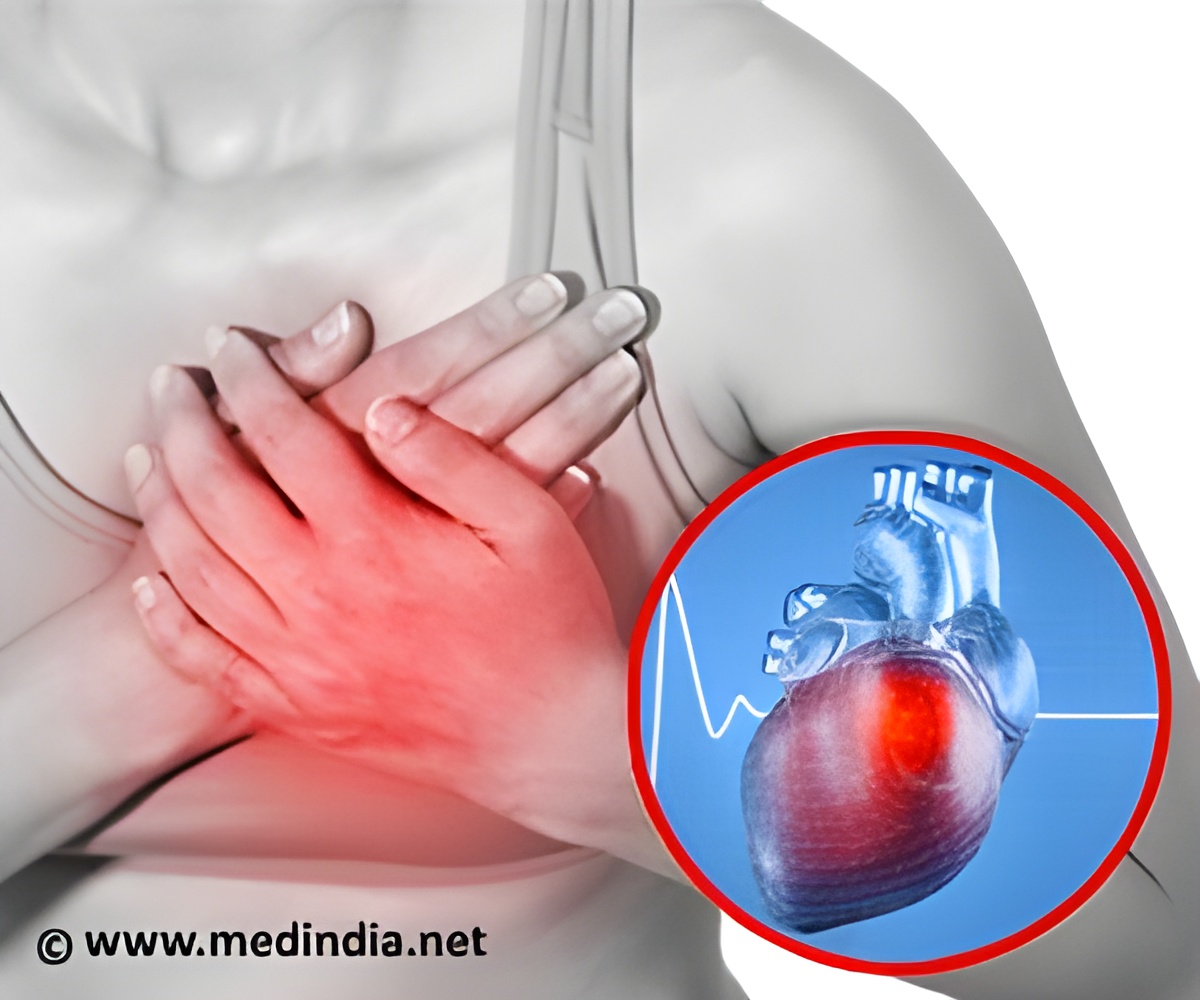
The discovery, announced this week in the scientific journal Nature Methods, offers cardiac researchers a fast and reliable method of creating mature human cardiac patches in a range of sizes.
"You cannot obtain human cardiomyocytes (heart cells) from human patients," explains Milica Radisic, Canada Research Chair in Functional Cardiovascular Tissue Engineering and Associate Professor at the Institute of Biomaterials & Biomedical Engineering (IBBME) and the Department of Chemical Engineering. Because human heart cells – integral for studying the efficacy of cardiac drugs, for instance – do not naturally proliferate in large numbers, to date researchers have been using heart cells derived from reprogrammed human induced pluripotent stem cells (hiPSC's), which tend to be too immature to use effectively in research or transplantation.
"The question is: if you want to test drugs or treat adult patients, do you want to use cells and look like and function like fetal cardiomyocytes?" asks Radisic, who was named a "Top Innovator Under 35" by MIT Technology Review and more recently was awarded the Order of Ontario and the Young Engineers of Canada 2012 Achievement Award. "Can we mature these cells to become more like adult cells?"
In response to the challenge, Radisic and her team, which includes graduate student Jason Miklas and Dr. Sara Nunes, a scientist at the University Health Network (UHN) in Toronto, created a 'biowire'. Stem-cells derived human cardiomyocytes are seeded along a silk suture typical to medical applications. The suture allows the cells to grow along its length, close to their natural growth pattern.
Like a scene lifted from Frankenstein, the cells are then treated to cycles of electric pulses, like a mild version of a pacemaker, which have been show to stimulate the cells to increase in size, connect and beat like a real heart tissue.
Advertisement













